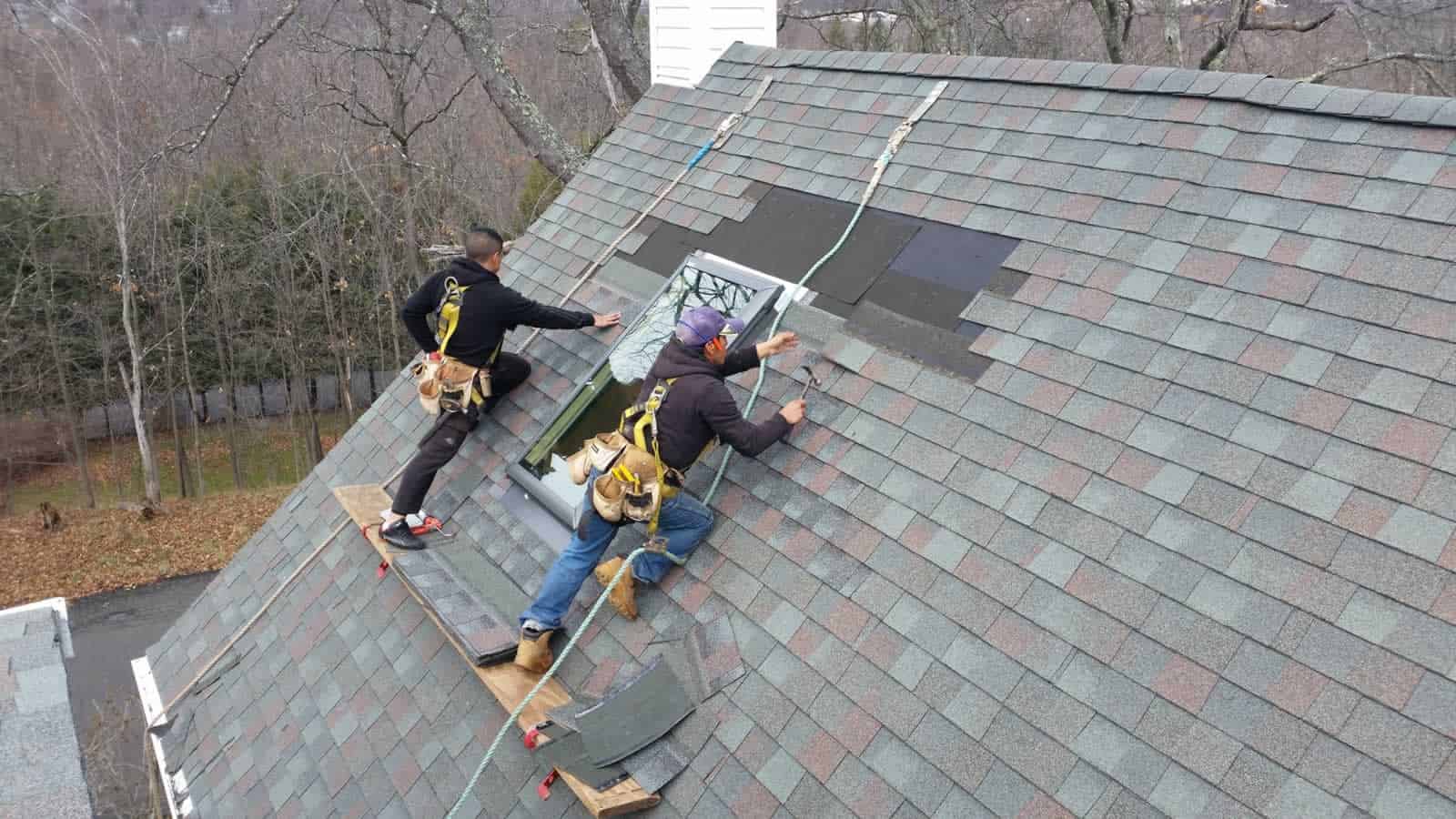Regarding roof construction, misinformation can often lead to uncertainty and lead to costly blunders. Property owners may find themselves bombarded by the numerous choices and advice available, which can sometimes perpetuate misconceptions about the materials used in roofing, the installation process, and how to maintain roofs. This article seeks to dispel some of the most common roofing myths that can blur judgment and hinder wise determination.
From understanding the right time to replace your roof to noticing the signs that repairs are necessary, having precise information is vital for maintaining your home's integrity. Get More Info will discuss different topics, such as roof lifespan, installation options, and the actual costs connected to roofing work, all while providing insight on obsolete beliefs that might be hindering your roofing knowledge. If you are thinking about a replacement of your roof or just aiming to extend the life of your existing roof, this guide will help you navigate through the myths and empower you with the truths you should have. spintax ### When to Change Your Roof
Determining when to replace your roof might be intimidating, yet there exist several key indicators to take into account. One of the most apparent signs is age. Most roofing materials have a lifespan that spans 20 to 50 years, depending on the type selected. If your roof is approaching the end of its expected lifespan and you are seeing frequent leaks or apparent wear, it may be time to start planning for a replacement.

An important factor is the condition of your shingles. If you notice lost, cracked, or curled shingles, this can greatly compromise the integrity of your roof. In addition, mineral particles collecting in your gutters can signal that your shingles are failing. These physical warnings are often signs to more severe issues, such as water damage in your home. If such signs are present, it’s worth consult a roofing professional.
In conclusion, consider any recent storm damage. Severe weather can take a toll on your roof, causing missing sections, punctures, or other serious issues. If your area has gone through a particularly harsh storm, it’s essential to inspect your roof thoroughly. Even minor damage can escalate if not addressed promptly. In such cases, professional help might be necessary to evaluate if repairs will be satisfactory or if a full roof replacement is the wiser choice.
Regular Roof Challenges and Solutions
One of the most frequent roof problems is leaks, which can not only cause damage from water but also lead to mold and mold growth. Homeowners should regularly inspect their roofs for signs of wear, such as missing shingles or damaged flashing. If you notice a leak, it’s essential to address it as soon as possible. Short-term fixes may involve applying roofing sealant to minor leaks, but it’s often recommended to call a contractor to determine the scope of the damage and carry out a thorough repair.
Another frequent issue is rooftop deterioration due to climatic effects, such as heavy rain, snow, or hail. These factors can cause shingles to split or become unsecured, leading to possible leaks. To mitigate this risk, residents should invest in periodic maintenance, including removing debris, checking gutters, and ensuring proper drainage around the roof. Additionally, using products designed for your climate can significantly enhance the durability of your roof against harsh weather.
Finally, improper attic ventilation can lead in significant roof issues by causing warmth and moisture buildup. This can lead to ice dams in winter and can cause the roofing materials to age too fast. Homeowners can correct this problem by ensuring that their attic has sufficient ventilation, such as soffit vents and ridge vents, to promote air flow. Regular inspections can help identify ventilation issues, ensuring that the roof remains in great condition for many years to come.
Choosing the Right Roofing Material
Selecting the right rooftop material is crucial for ensuring the durability and strength of your roof. Different options offer various benefits and cons, so it’s important to think about factors such as climate, aesthetics, and cost before making a choice. Common roofing materials include asphalt shingles, metal, tile, and wood shakes. Every option has its individual characteristics, which can affect not only the look of your house but also its energy efficiency and maintenance needs.
When evaluating your choices, think about the specific needs of your house and area. For example, if you reside in an area likely to heavy precipitation or ice, materials like metal or tile may provide better protection compared to bitumen shingles, which can be more vulnerable to water damage. On the other hand, if you desire a traditional look and have a greater budget, stone or wood shake roofing might be the optimal option. Always factor into account how much work you’re willing to invest in upkeep and renovations as well.
In conclusion, don’t neglect to consider the cost-effectiveness of your selected option. While some roofing materials may have a lower upfront cost, others might save you cash in the long run due to reduced upkeep and energy bills. Consulting with Roof replacement Kearney NE can help you make sense of your options and make sure you choose the material that best aligns with your home’s requirements and your budget.
